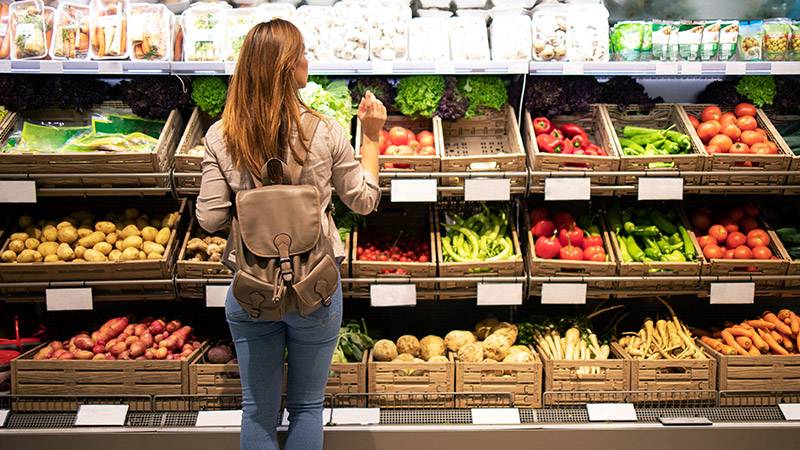A groundbreaking study from the University of California San Diego’s Rady School of Management suggests that dynamic food pricing could significantly diminish food waste in grocery stores, potentially reducing it by 21% or more.
According to Salon, this pricing model encourages retailers to adjust the price of perishable items based on current inventory and approaching expiration dates. Instead of a consistent daily price, this strategy allows for price variations from the time an item is shelved until its expiration.
It’s concerning to note that over 10% of food wastage originates from grocery retailers, often because unsold perishables go past their use-by date. The study reveals a somewhat paradoxical behavior among grocers: stocking shelves to the brim might ensure sales, but it often results in increased waste. This overstocking, driven by high gross profit margins, isn’t just a business concern—it’s an environmental one. Decomposing food waste releases methane, a formidable greenhouse gas, which is contributing to a troubling 10% of global greenhouse gas emissions annually.
Robert Sanders, an author of the study from the Rady School, pointed out the current underutilization of dynamic pricing. He noted, “Oddly enough, fewer than 25% of U.S. grocery retailers offer any kind of dynamic pricing at all.” However, his research indicates that this pricing strategy could not only reduce food waste but also enhance profit margins for retailers.
Although grocers are now being encouraged to implement more dynamic food pricing, the practice itself isn’t anything new. Just take a look at salvage grocery stores, which exist to help cut food costs and reduce food waste. These stores are essentially “a kind of discount retail store that offers food products that traditional grocery stores are unwilling (or unable) to sell,” per Taste of Home. Shoppers can find products that are near or past their expiration dates along with out-of-season products, overstocked items and imperfect produce, baked goods and meat.
Sanders’ findings are compelling: dynamic pricing could lead to a 21% decrease in waste and a 3% increase in grocery chains’ gross margins. This approach, according to the study, is more effective than strict organic waste bans, which have a limited impact of reducing waste by only 4%.
Moreover, dynamic pricing can also make perishables more affordable and accessible to consumers. Sanders emphasized the advantages of dynamic pricing, stating, “If regulators want to directly reduce grocery-store waste, they should incentivize grocery chains to adopt dynamic pricing.”
While this pricing system is being promoted for wider adoption, it isn’t a new concept. Salvage grocery stores have been operating on similar principles for years, offering near or past expiration date products and out-of-season items at discounted prices.
While dynamic pricing shows promise in addressing food wastage and its associated climate impacts, it’s not the only solution. Sanders adds, “Of course, waste bans could still be helpful […] but the best and first thing to do is reduce the overall amount of waste generated to begin with.”
More inspiring green news similar to this:


